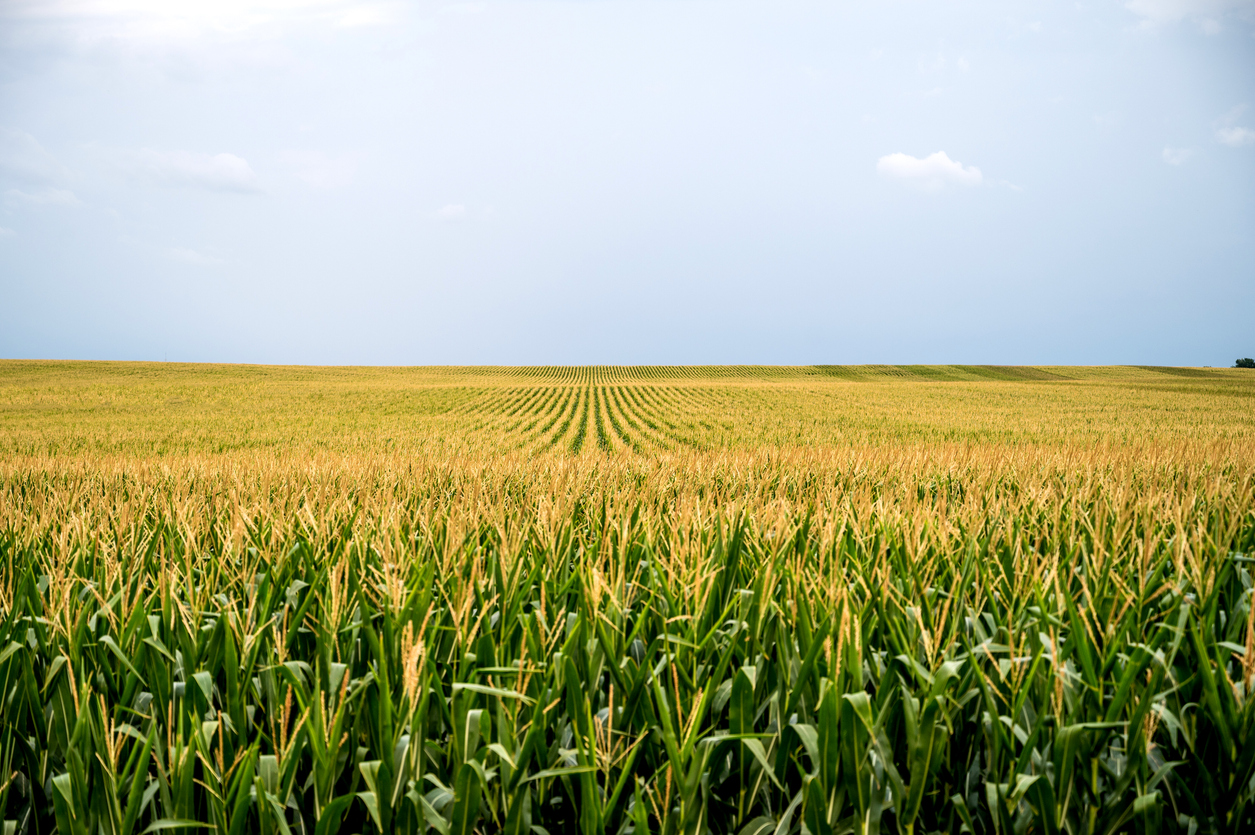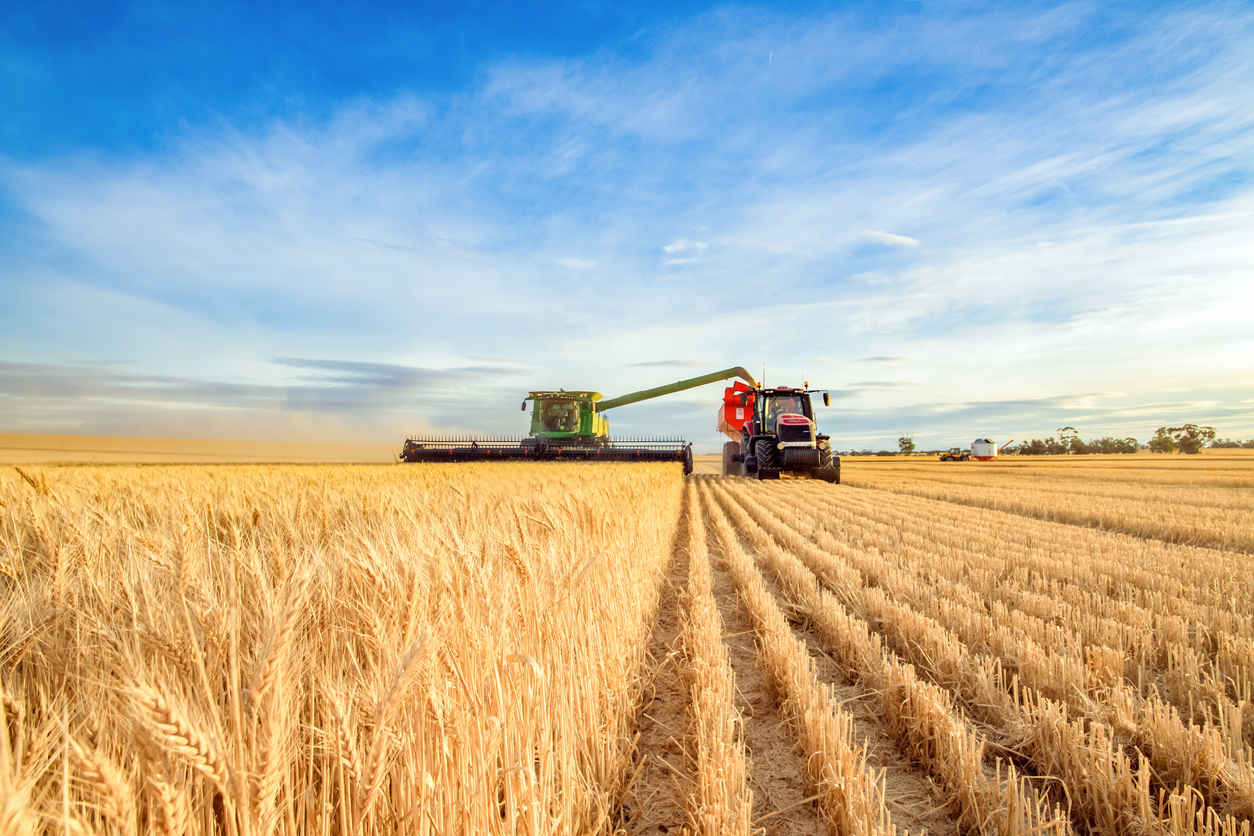Practice Soil Health Tips

Since I am on the road teaching, here are some practical tips from my factsheet: “25 Tips to Growing and Managing Cover Crops”. Tip 1: Use cover crop mixtures composed of at least one grass, one legume, and one brassica or other diverse cover crop species to improve diversity. Mix summer annuals with fall and winter annuals to increase crop diversity. Tip 2: Select diverse species that maximize both sunlight and moisture interception. At least 50 percent of cover crop species should be low growing, another 30 percent intermediate, and 20 percent tall growing. Select cover crops that have a variety of taproots and fibrous root systems that incept moisture from different soil regions. The goal is to utilize 100% of available sunlight and moisture to minimize direct competition for nutrients and water. Tip 3: To determine initial seeding rate in cover crop mixtures, divide the full rate of seed needed for each cover crop in a monoculture and divide by the number of cover crop speci...

